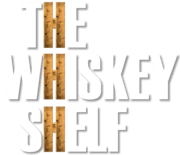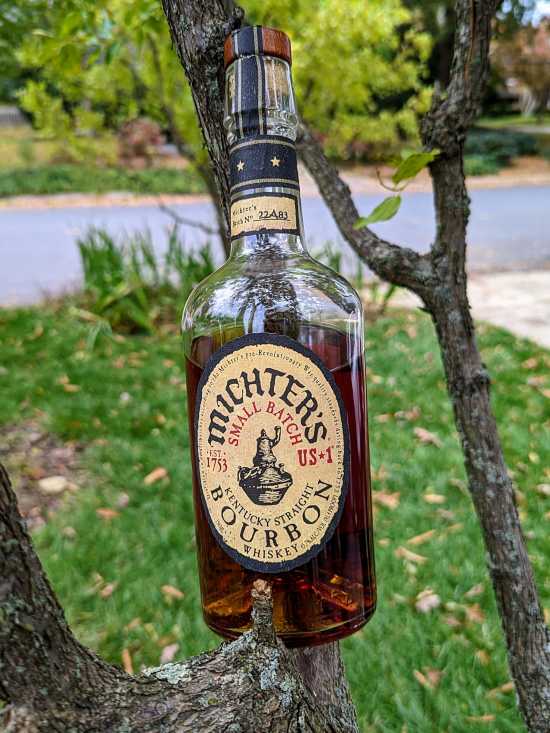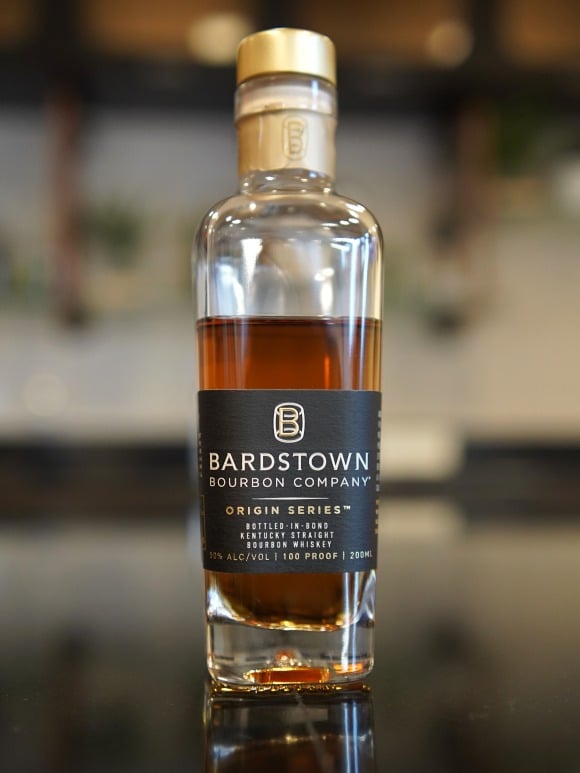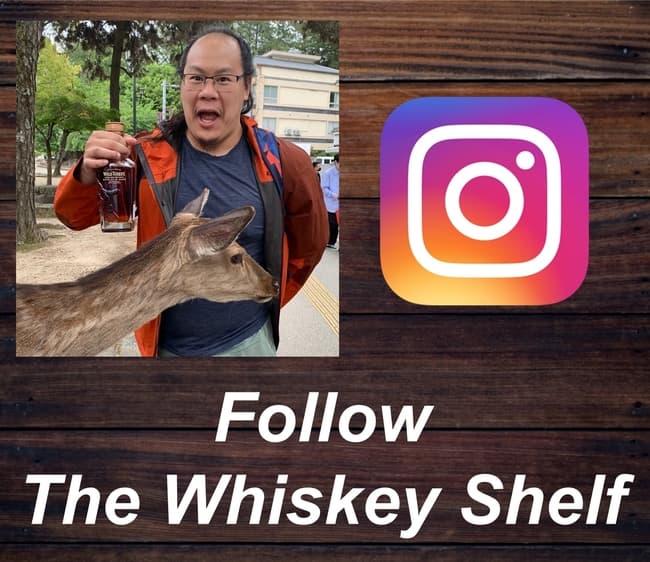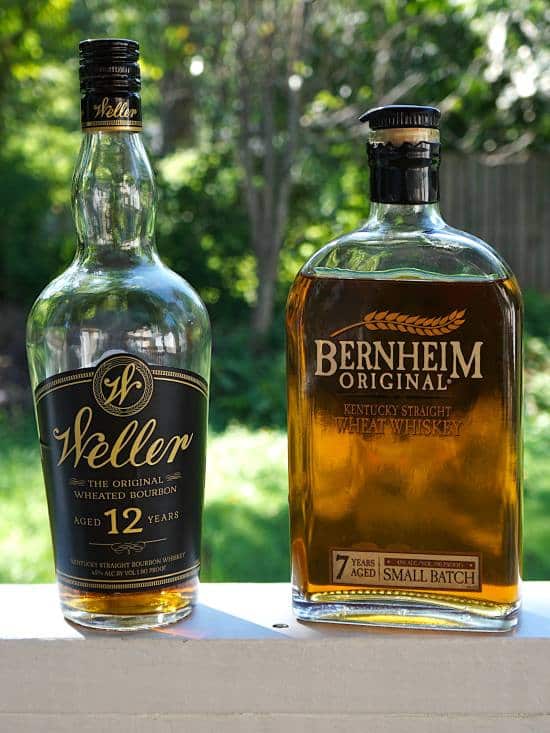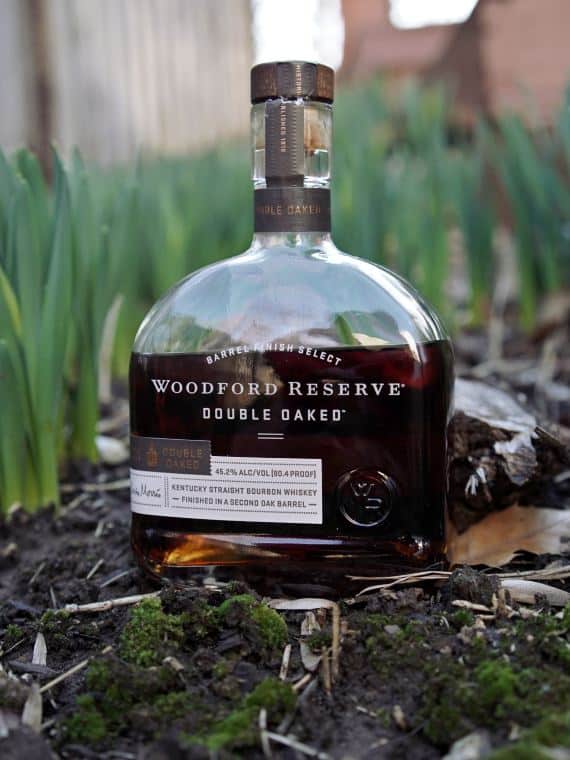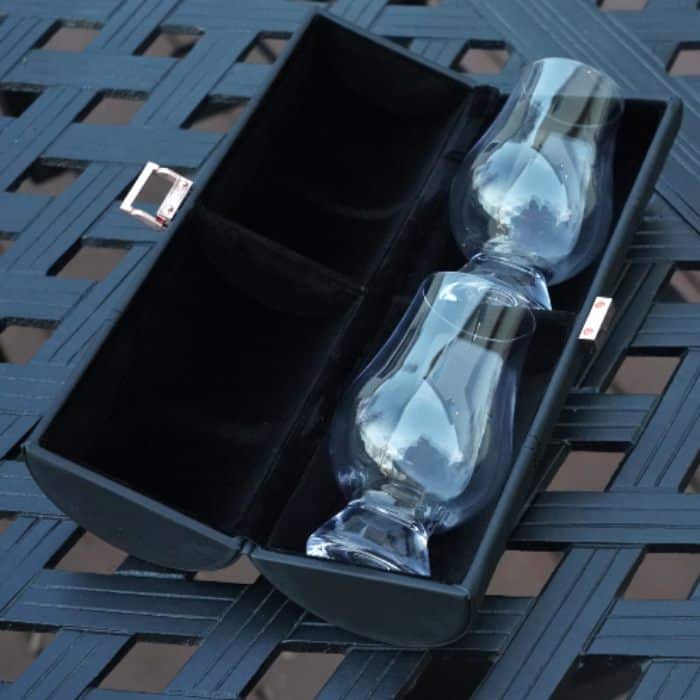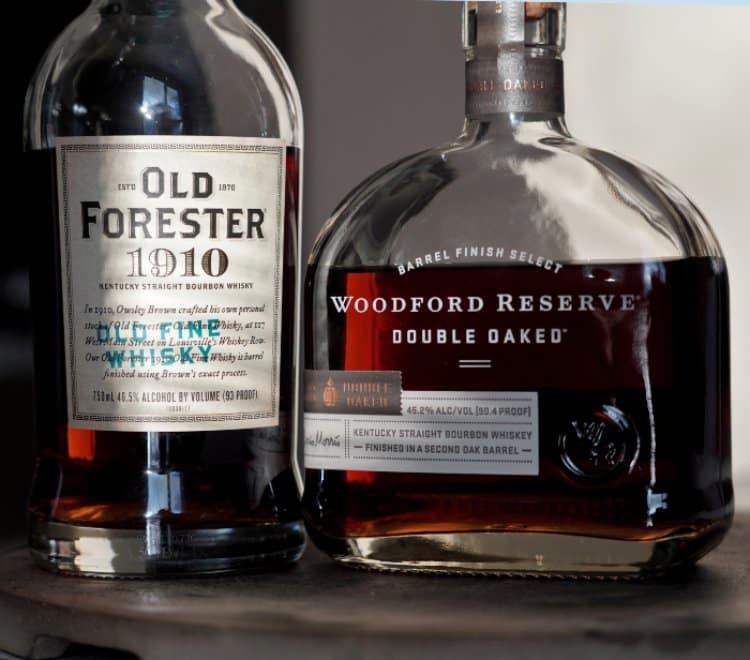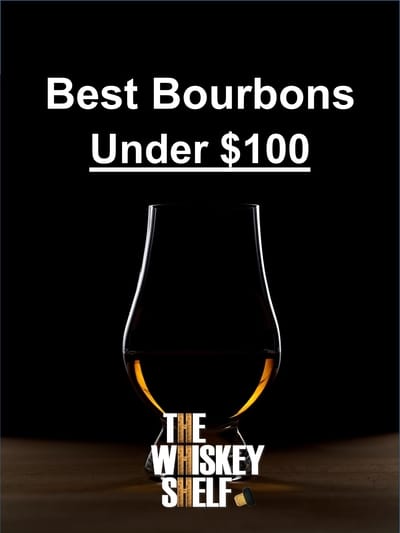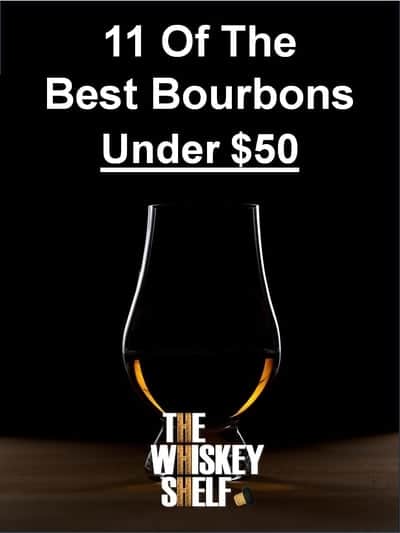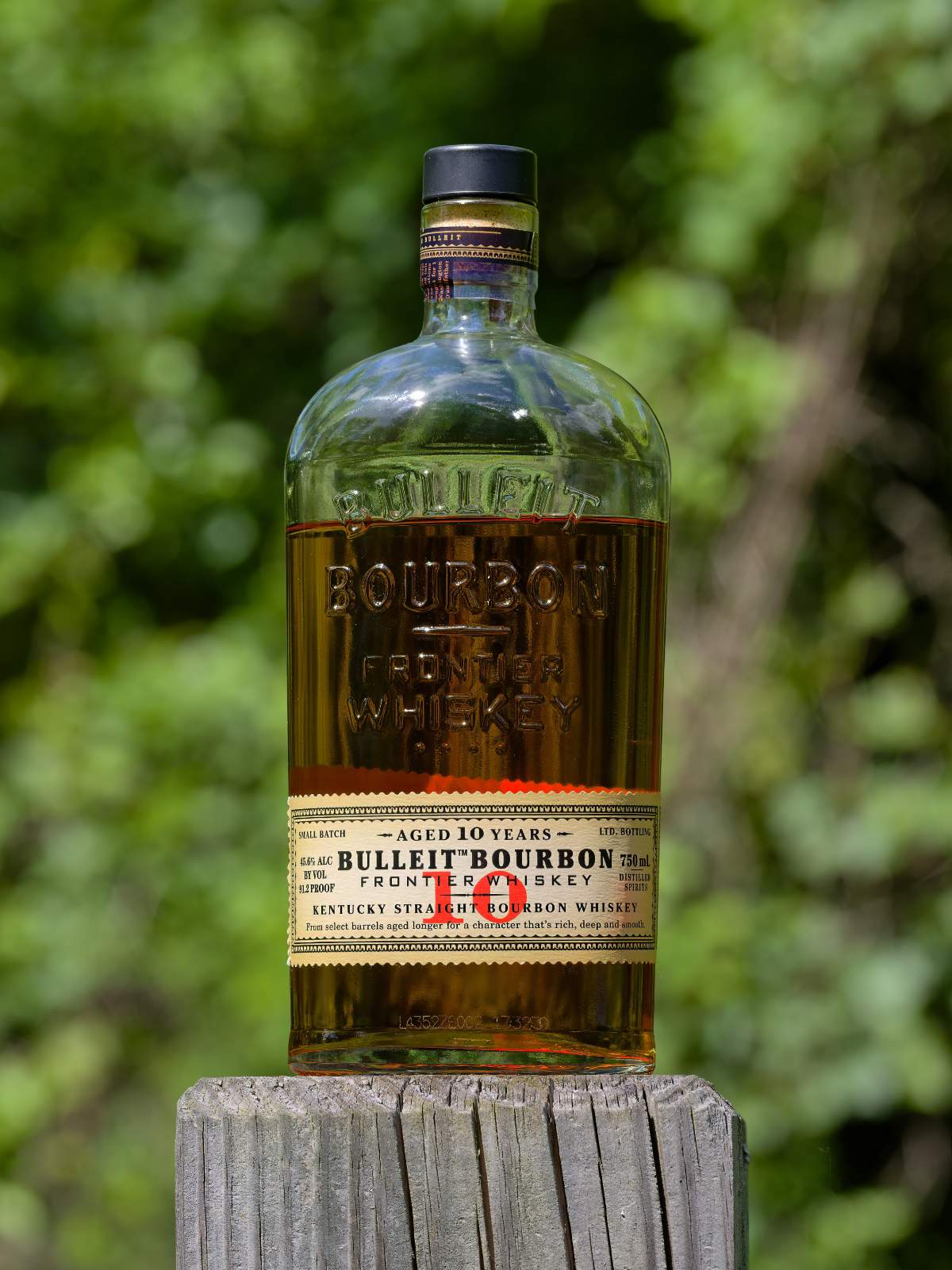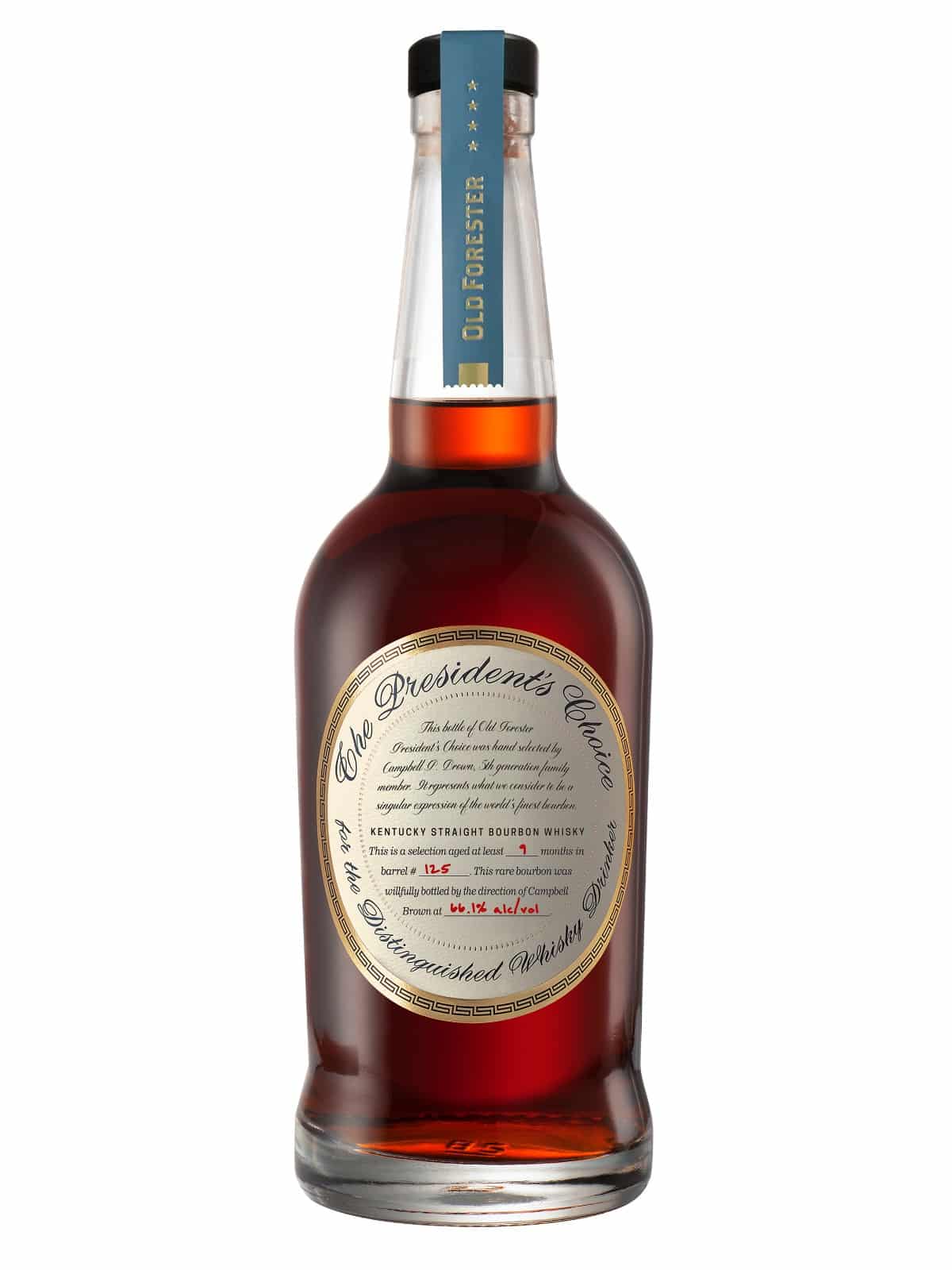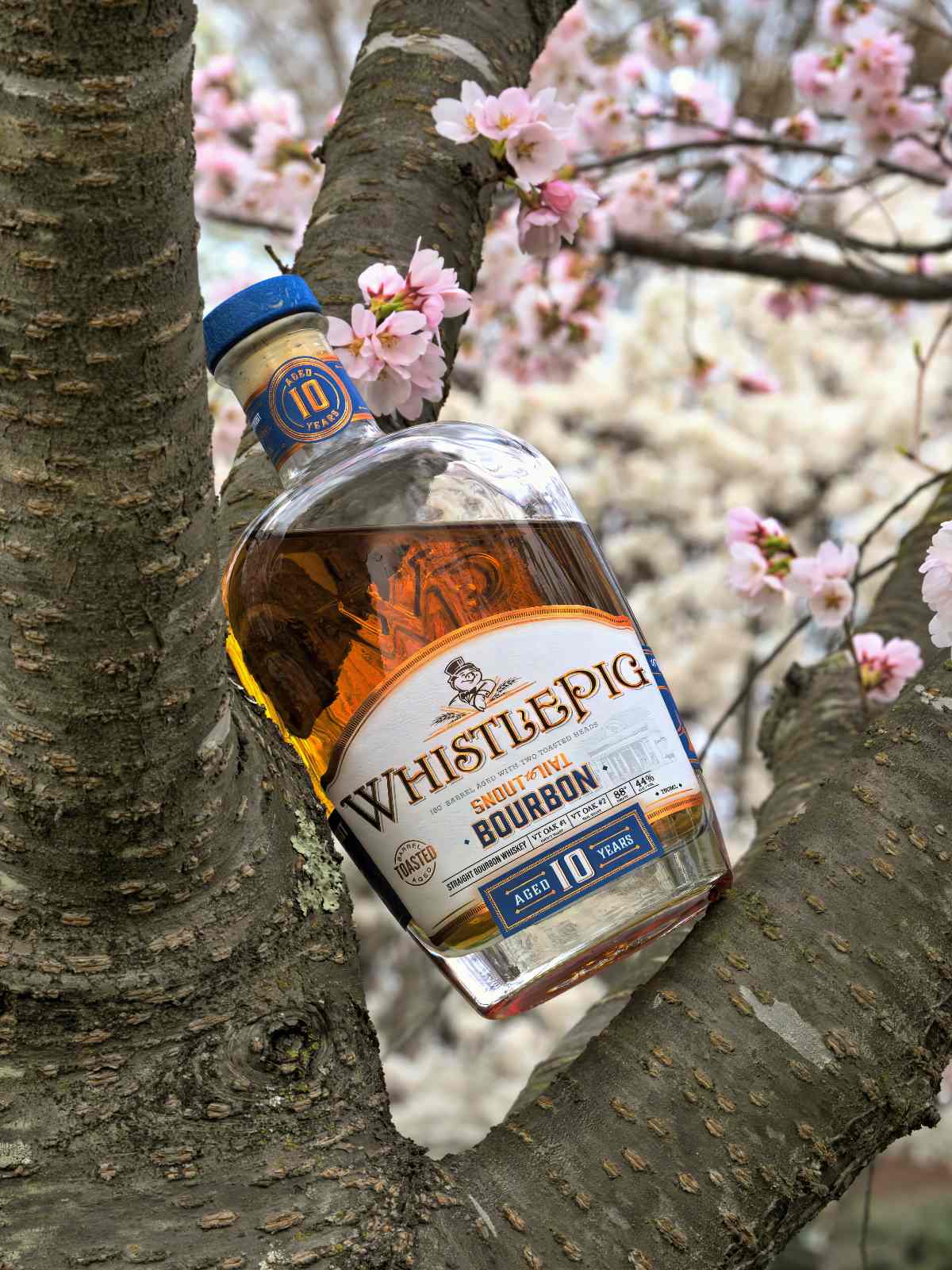Old Forester 1910 Review [In Depth]
Old Forester 1910

Founder, writer
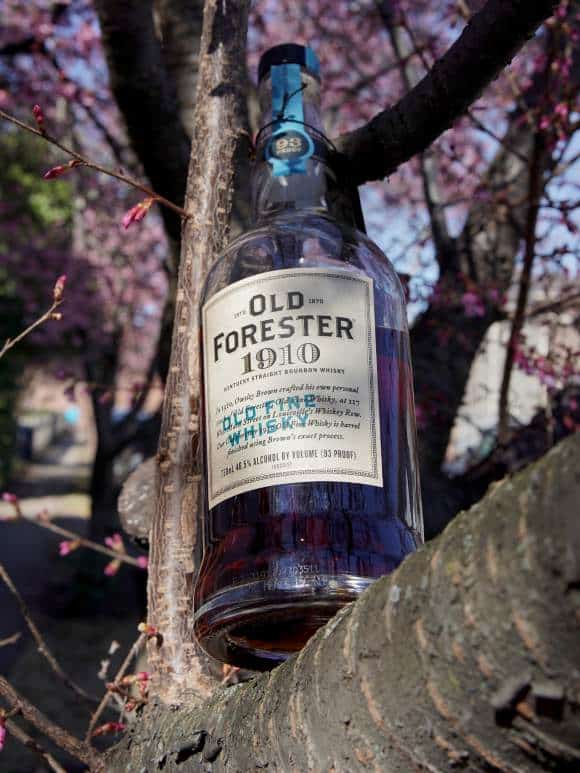
Old Forester 1910 Details
Distillery: Old Forester
Type & Region: Bourbon, Kentucky, USA
Alcohol: 46.5%
Composition: 72% corn, 18% rye, 10% barley
Aged: At least 4 years
Color: 1.8/2.0 on the color scale (old oak)
Price: $50-60
From the company website:
On October 22nd. 1910, a fire on the bottling line halted production of Old Forester. Mature whisky ready to be bottled, instead was stored in a secondary barrel. What emerged was a delightful whisky, remarkable enough to become an entirely new expressions – Old Fine Whisky.
suntory hakushu whiskey overview

As an FYI, I bought and use these Glencairn glasses for everything (they’re the best): Glencairn Crystal Whiskey Glass Set of 6, Set of 4, Set of 2, or just one. Full transparency, this is an affiliate link, so I may earn a commission if you buy this or something else from Amazon.
Old Forester 1910 smell
Old Forester 1910 taste and aftertaste
Seriously, if you already have glasses, protect them.
Old Forester 1910 Rating


I have far too much fun writing about whiskey and singlehandedly running The Whiskey Shelf to bring you independent, honest, and useful reviews, comparisons, and more. I’m proudly Asian American and can speak Cantonese, Mandarin, and some Japanese.
There are no sponsors, no media companies, and no nonsense. Support The Whiskey Shelf by Buying Me A Shot.Shattered glass really sucks, so if you’re on the move, this Glencairn-like stainless steel snifter glass should survive your travels. Full transparency, this is an Amazon affiliate link, so I may earn a commission if you buy this or something else from Amazon.
BrüMate NOS’R, Double-Wall Stainless Steel Whiskey Nosing Glass – 7oz (Matte Black)
